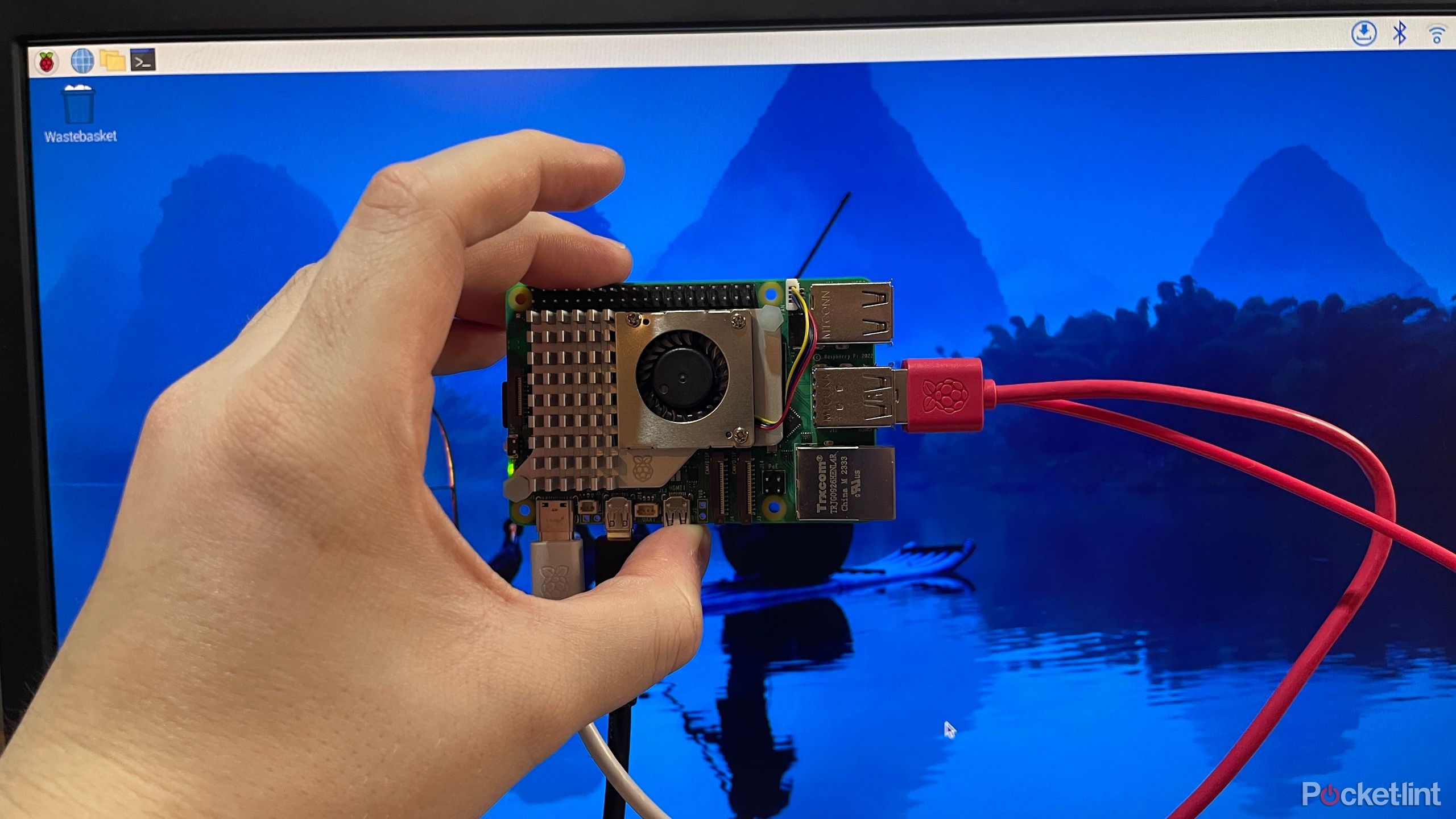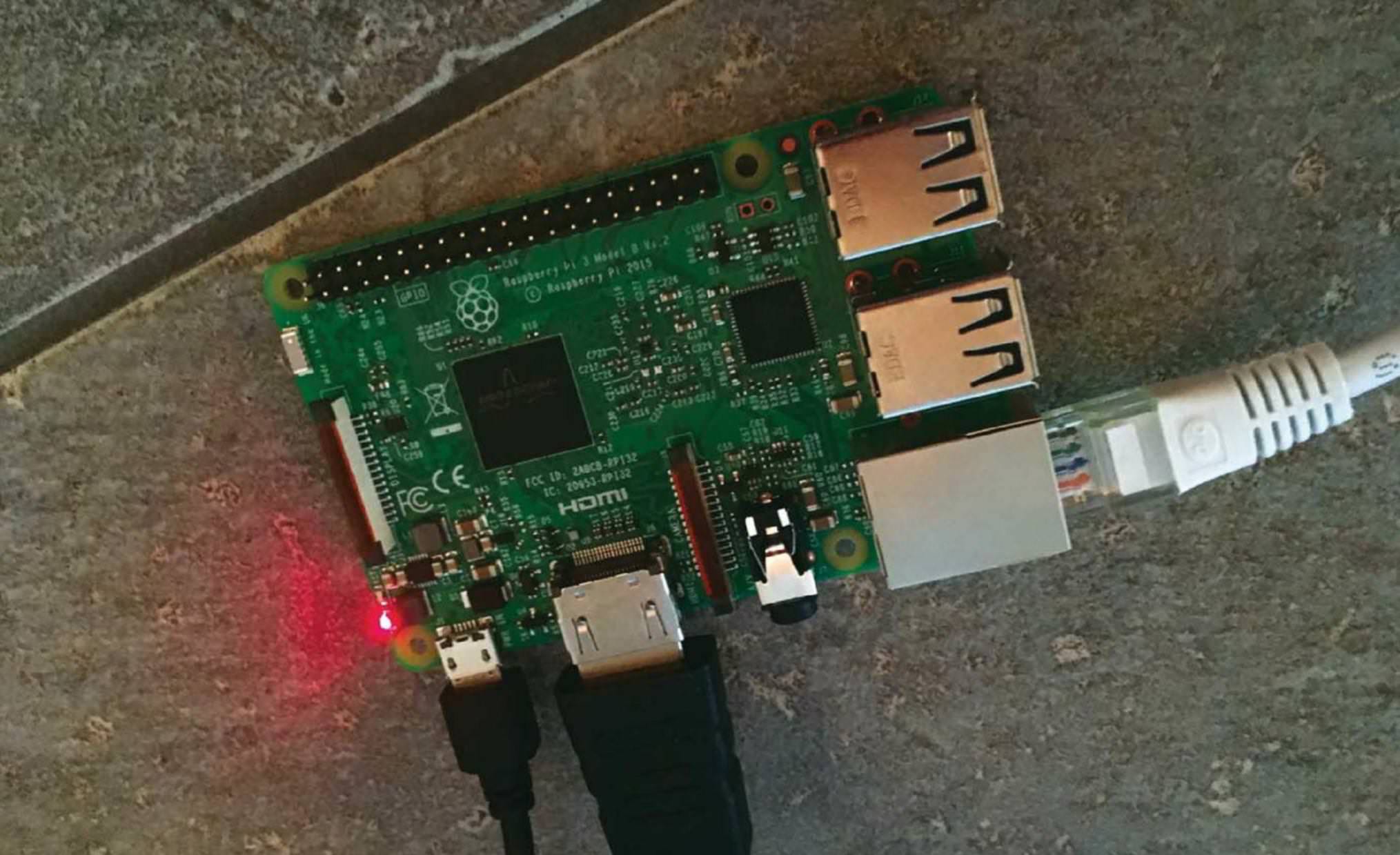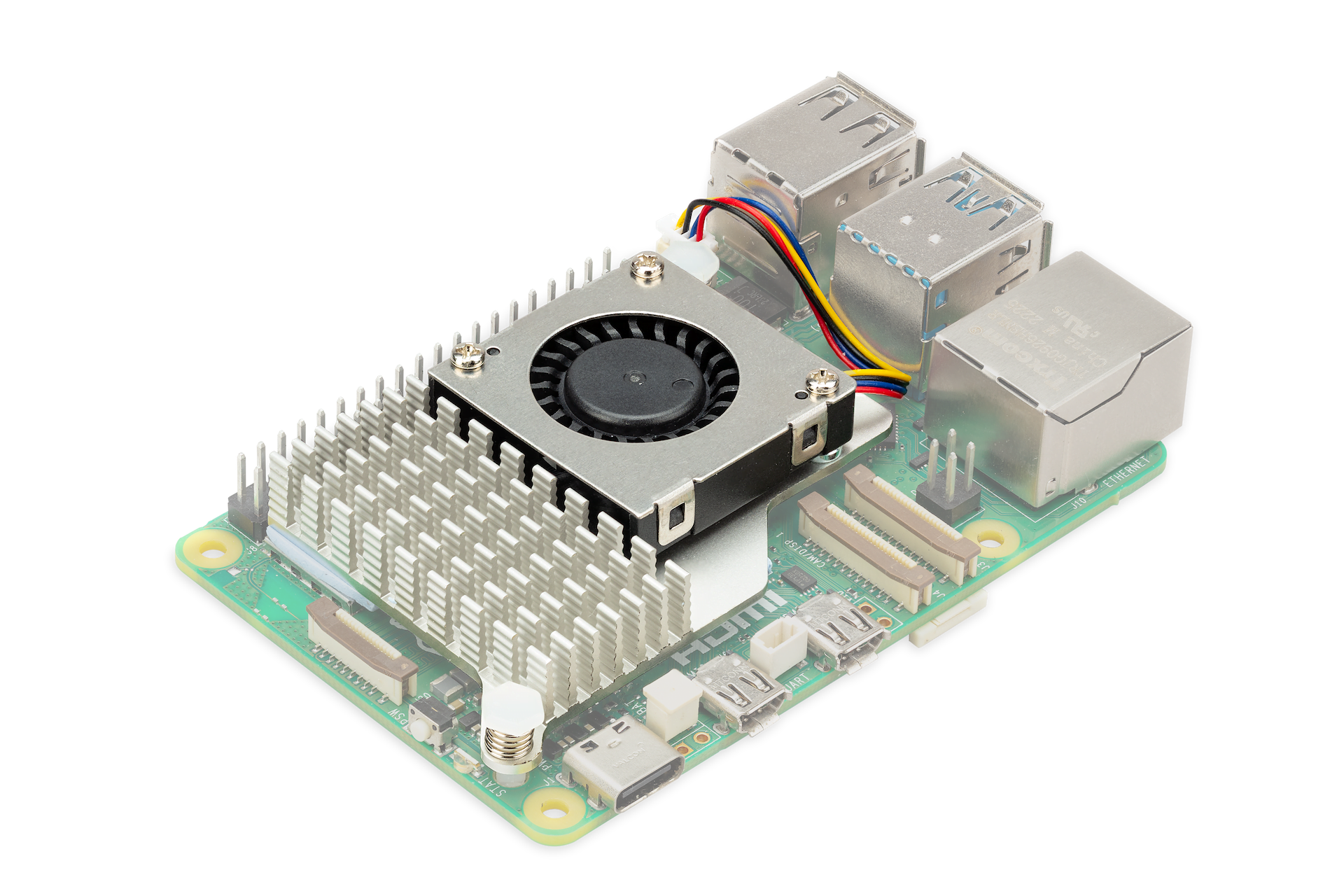RemoteIoT VPC network Raspberry Pi has become a trending topic among tech enthusiasts and professionals alike. As more organizations shift toward remote operations, leveraging IoT devices like Raspberry Pi in Virtual Private Cloud (VPC) networks offers immense potential. This guide aims to provide a detailed exploration of setting up and managing a remote IoT network using Raspberry Pi within a VPC environment.
Whether you're an IT professional, hobbyist, or someone exploring the possibilities of IoT, this article will walk you through the necessary steps and considerations for creating a robust remote IoT setup. The integration of Raspberry Pi with cloud-based VPC networks not only enhances scalability but also ensures secure and efficient data management.
This guide is designed to be comprehensive, covering everything from the basics of Raspberry Pi and VPC networks to advanced configurations and best practices. By the end of this article, you'll have a clear understanding of how to deploy and manage a remote IoT VPC network using Raspberry Pi effectively.
Read also:Kemuri Hakku The Ultimate Guide To Understanding Its Origins Benefits And Applications
Table of Contents
- Introduction to RemoteIoT VPC Network Raspberry Pi
- What is Raspberry Pi?
- Understanding VPC Networks
- Setting Up Raspberry Pi for RemoteIoT
- Ensuring Security in RemoteIoT VPC Networks
- Scalability Considerations
- Optimizing Performance
- Common Issues and Troubleshooting
- Best Practices for RemoteIoT VPC Network Raspberry Pi
- Conclusion
Introduction to RemoteIoT VPC Network Raspberry Pi
As the world increasingly moves toward remote work and IoT integration, the concept of a RemoteIoT VPC network powered by Raspberry Pi has gained significant traction. This setup allows users to deploy IoT devices in a secure, scalable, and manageable environment, leveraging cloud-based VPC networks.
Why Choose Raspberry Pi for IoT?
Raspberry Pi has become a popular choice for IoT projects due to its affordability, flexibility, and powerful capabilities. It can act as a central hub for collecting, processing, and transmitting data, making it ideal for remote IoT applications.
Benefits of Using VPC Networks
VPC networks provide a secure and isolated environment for deploying IoT devices. They allow for fine-grained control over network traffic, ensuring that sensitive data remains protected and accessible only to authorized users.
What is Raspberry Pi?
Raspberry Pi is a series of small single-board computers developed by the Raspberry Pi Foundation. These devices are widely used in educational and hobbyist projects, as well as in professional environments for tasks such as automation, data processing, and IoT applications.
Key Features of Raspberry Pi
- Compact and lightweight design
- Support for multiple operating systems
- GPIO pins for interfacing with external devices
- Low power consumption
- Wide community support and resources
Understanding VPC Networks
A Virtual Private Cloud (VPC) network is a logically isolated section of a cloud provider's infrastructure. It allows users to launch resources in a customized network environment, complete with private IP address ranges, subnets, and security groups.
Components of a VPC Network
- Subnets: Dividing the network into smaller segments
- Internet Gateway: Enabling communication between the VPC and the internet
- Security Groups: Acting as virtual firewalls for controlling inbound and outbound traffic
- Route Tables: Defining how traffic is routed within the VPC
Setting Up Raspberry Pi for RemoteIoT
Setting up Raspberry Pi for a remote IoT VPC network involves several steps, from hardware preparation to software configuration. Here's a step-by-step guide:
Read also:Barron Trump Hunting A Comprehensive Look Into The World Of Presidential Hunting Adventures
Hardware Requirements
- Raspberry Pi board (preferably Raspberry Pi 4 or higher)
- MicroSD card with a compatible operating system installed
- Power supply
- Network interface (wired or wireless)
Software Configuration
Once the hardware is ready, configure the software by installing a suitable operating system, setting up network settings, and enabling SSH for remote access.
Ensuring Security in RemoteIoT VPC Networks
Security is paramount when deploying IoT devices in a VPC network. Here are some best practices to ensure your RemoteIoT setup remains secure:
Use Strong Authentication
Implement multi-factor authentication (MFA) and use strong, unique passwords for all accounts accessing the VPC network.
Regularly Update Software
Keep the operating system and all installed software up to date to protect against vulnerabilities.
Scalability Considerations
As your RemoteIoT project grows, scalability becomes a critical factor. Design your VPC network with scalability in mind by:
Using Elastic IP Addresses
Elastic IP addresses allow you to maintain a consistent public IP address for your Raspberry Pi devices, even as the underlying infrastructure changes.
Implementing Load Balancing
Use load balancers to distribute traffic evenly across multiple Raspberry Pi devices, ensuring optimal performance and reliability.
Optimizing Performance
Optimizing the performance of your RemoteIoT VPC network involves fine-tuning both hardware and software configurations. Consider the following tips:
Optimize Network Settings
Adjust network settings to minimize latency and maximize throughput, especially for real-time IoT applications.
Use Efficient Data Processing Techniques
Implement data processing techniques such as edge computing to reduce the load on the central VPC network.
Common Issues and Troubleshooting
Even with careful planning, issues can arise in a RemoteIoT VPC network. Here are some common problems and their solutions:
Network Connectivity Issues
Check network settings, ensure proper configuration of subnets and routing tables, and verify that security groups allow necessary traffic.
Software Compatibility Problems
Ensure that all software components are compatible with each other and with the Raspberry Pi hardware.
Best Practices for RemoteIoT VPC Network Raspberry Pi
To maximize the success of your RemoteIoT VPC network, follow these best practices:
Plan Your Architecture Carefully
Design your VPC network architecture to meet the specific needs of your IoT project, considering factors such as scalability, security, and performance.
Monitor and Maintain Your Setup
Regularly monitor the performance and security of your RemoteIoT VPC network, and perform routine maintenance tasks to ensure long-term reliability.
Conclusion
Deploying a RemoteIoT VPC network using Raspberry Pi offers numerous benefits, including enhanced security, scalability, and performance. By following the guidelines outlined in this article, you can create a robust and reliable setup tailored to your specific needs.
We encourage you to share your thoughts and experiences in the comments section below. If you found this article helpful, consider sharing it with others who might benefit from the information. For more in-depth guides and tutorials, explore our other articles on IoT and cloud computing.
References:


